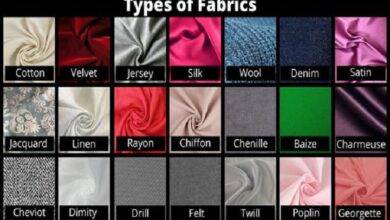
The Art and Science of Vinyl Record Production
Vinyl record production has seen a remarkable resurgence, driven by nostalgia and a demand for high-quality audio experiences. Once considered obsolete, vinyl records are now a staple for audiophiles, collectors, and artists seeking a tangible connection with fans. This blog explores the intricate process of vinyl record production, its appeal, and its role in modern music culture.
The Vinyl Production Process
Vinyl record production begins with cutting a lacquer master from a digital or analog audio source. This master is electroplated to create a metal stamper, which is used to press vinyl pellets into records. The process requires precision to ensure sound quality, with each step—cutting, plating, and pressing—demanding specialized equipment and expertise.
Why Vinyl Appeals to Audiophiles
Vinyl’s warm, analog sound is a key draw for audiophiles. Unlike compressed digital formats, vinyl captures the full dynamic range of music, offering a richer listening experience. Collectors also value the tactile experience of handling records and the large-format artwork that accompanies them, making vinyl a multisensory medium.
Challenges in Vinyl Production
Vinyl record production faces challenges like high costs and long lead times. The process is labor-intensive, and demand has strained global pressing plants, leading to delays. Additionally, sourcing quality vinyl and maintaining aging equipment can be difficult. Manufacturers are addressing these issues by investing in new presses and streamlining operations.
Sustainability in Vinyl Production
Environmental concerns are a growing focus in vinyl record production. Traditional vinyl is made from PVC, which is not biodegradable. However, some plants are experimenting with recycled vinyl and eco-friendly packaging. These efforts aim to reduce the environmental footprint while meeting consumer demand for sustainable products.
The Role of Vinyl in Music Culture
Vinyl records have become cultural artifacts, symbolizing authenticity and craftsmanship. Events like Record Store Day drive sales, with limited-edition releases attracting collectors. Artists like Taylor Swift and The Beatles have capitalized on this trend, releasing vinyl editions that sell out quickly, proving vinyl’s enduring appeal.
Future Trends in Vinyl Production
The future of vinyl record production looks promising, with innovations like colored vinyl and high-fidelity pressings gaining popularity. Advances in automation may reduce costs and lead times, making vinyl more accessible. As demand grows, the industry is likely to balance tradition with modernization to meet diverse consumer needs.
Vinyl record production combines art and science, delivering a unique product that resonates with music lovers worldwide.




